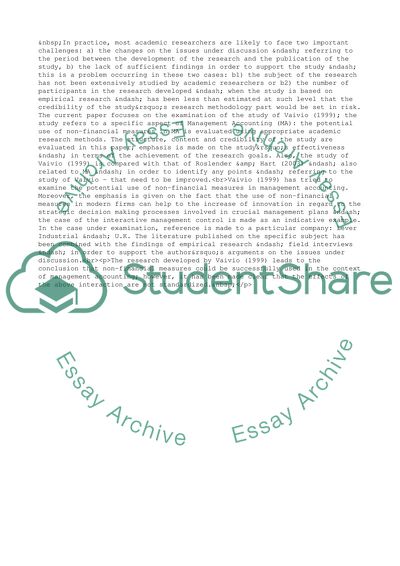Cite this document
(“Accounting for Strategy and Management Control - Juhani Vaivio Essay”, n.d.)
Accounting for Strategy and Management Control - Juhani Vaivio Essay. Retrieved from https://studentshare.org/management/1746763-accounting-for-strategy-and-management-control
Accounting for Strategy and Management Control - Juhani Vaivio Essay. Retrieved from https://studentshare.org/management/1746763-accounting-for-strategy-and-management-control
(Accounting for Strategy and Management Control - Juhani Vaivio Essay)
Accounting for Strategy and Management Control - Juhani Vaivio Essay. https://studentshare.org/management/1746763-accounting-for-strategy-and-management-control.
Accounting for Strategy and Management Control - Juhani Vaivio Essay. https://studentshare.org/management/1746763-accounting-for-strategy-and-management-control.
“Accounting for Strategy and Management Control - Juhani Vaivio Essay”, n.d. https://studentshare.org/management/1746763-accounting-for-strategy-and-management-control.


